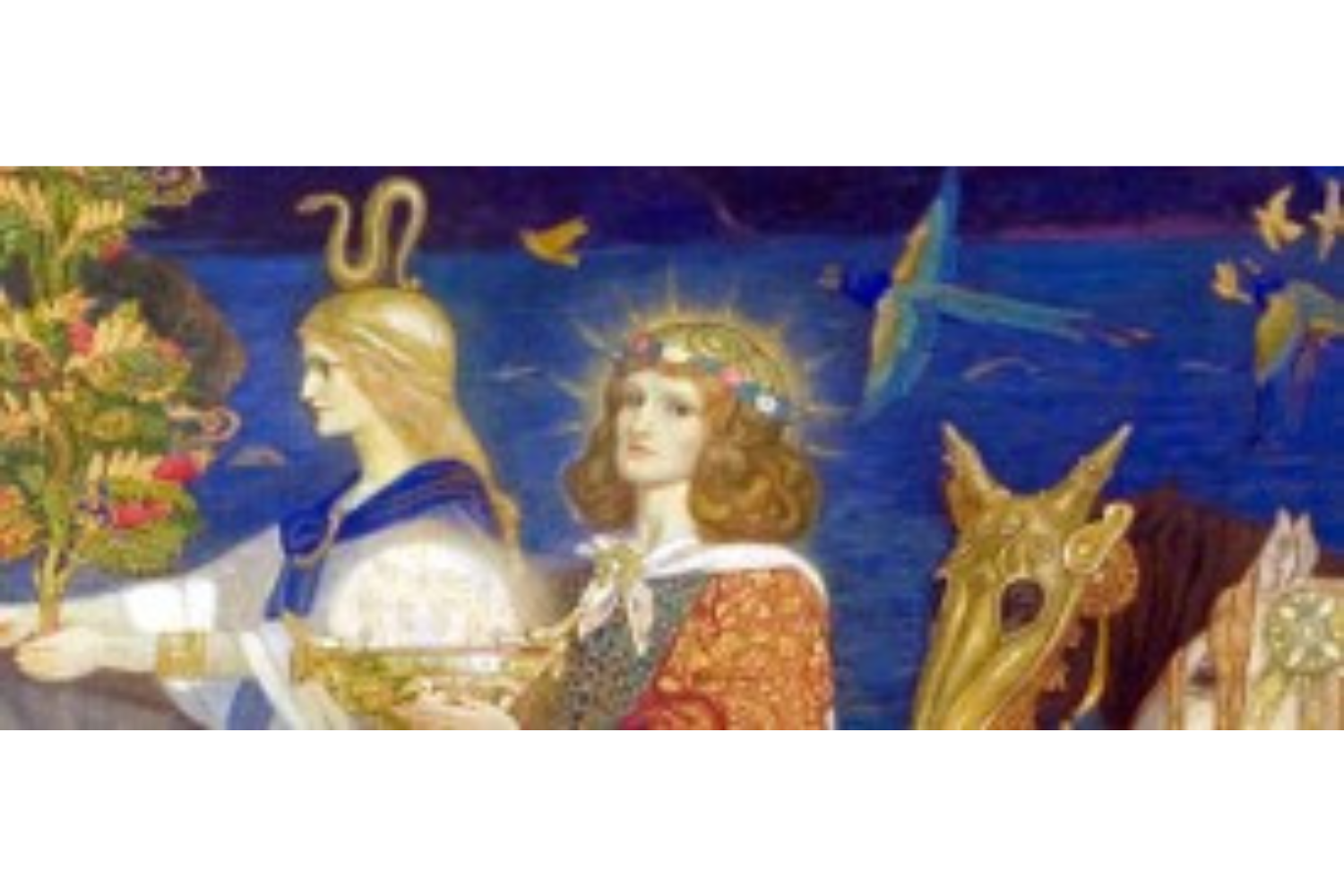The intriguing interplay between statistical physics and quantum mechanics has captivated researchers, forging a path through the complex terrain of computation that serves to elucidate deterministic frameworks arising from inherently probabilistic systems. At the crux of this relationship lies not merely a convergence of physics disciplines but a rich tapestry intertwined with meaning, underscored by the metaphor of the universe as an intricate tapestry woven from the threads of particles, probabilities, and dynamic interactions.
Statistical physics, the study of systems with a large number of particles, reveals the organization and behavior of matter through statistical laws. Here, the macroscopic properties of systems arise from the microscopic rules governing particles. When layered with the tenets of quantum mechanics, where particles can be in superpositions and entangled states, a fascinating dichotomy emerges—a realm where probability is not merely a measurement of uncertainty but a fundamental description of reality itself.
Take, for instance, the quantum state of a particle. It exists not as a singular entity within a defined position but as a cloud of probabilities, an ethereal wave function navigating the nuance of uncertainty and potentiality. In this probabilistic ballet, traditional deterministic sensibilities falter, making way for a reconceptualization of computation where classical Boolean logic yields to a more nuanced logic, one that encompasses a continuum of possibilities.
In computational terms, the ascent of quantum computing has posed a revolutionary challenge to classical constructs of computation. Algebra, algorithms, and the architecture of understanding are juxtaposed against quantum bits or qubits, which embody a duality of states. Unlike traditional bits confined to the binary paradigm of zeros and ones, qubits dance in a superposition, generating a computational advantage that rivals classical processes.
This metaphor of a dance is not merely poetic; it encapsulates the essence of quantum superposition—an intricate choreographic display where particles occupy multiple states simultaneously. Each pirouette of a qubit transforms the landscapes of computational efficiency, reshaping our approach to problems that were previously intractable. The algorithmic prowess demonstrated by quantum computers, through frameworks such as Shor’s and Grover’s algorithms, exemplifies a probabilistic approach that penetrates classical boundaries.
Moreover, the interplay of statistical physics provides a robust framework for interpreting the manifestations of quantum computation within a probabilistic realm. The fundamental goal of statistical mechanics—to describe large systems through the lens of individual behaviors—broadly parallels the objective of quantum computation which, too, operates on vast pools of quantum states. Thus, techniques rooted in statistical mechanics, such as Monte Carlo simulations, become pivotal tools in exploring quantum systems, offering pathways to calculate properties of materials, energy distributions, and more.
Yet, the entangled nature of probability in quantum mechanics invites contemplation of deeper philosophical questions. If the universe is truly probabilistic at its core, what implications arise for notions of determinism and causality? Herein lies a philosophical conundrum that crisscrosses physics and computation: the challenge of understanding ‘knowledge’ in a probabilistic world. In fact, the mechanics of probability compel a reevaluation of computational intelligence itself, shifting paradigms from deterministic algorithms to stochastic processes, where random sampling shapes efficient outcomes.
The nature of decision-making becomes layered in complexity, with implications for artificial intelligence and machine learning, domains increasingly reliant on quantum frameworks. The probabilistic algorithms inspired by statistical mechanics cultivate innovative decision-making processes, enabling machines to learn from data embedded in uncertainty and noise. Such methodologies culminate in a probabilistic synthesis that mirrors biological systems capable of adapting to their environments.
Consider, for a moment, the unique appeal of this convergence. It presents a dual narrative: one that simultaneously unveils the mechanics of reality while hinting at an ineffable beauty underlying the mathematical descriptions of our universe. The metaphor of the ‘cosmic web’ serves both as a depiction of networked particles and as an illustration of connections within complex systems—spanning the cosmos down to the molecular level.
As research delves deeper into both statistical physics and quantum mechanics, we find our understanding of computation becoming a multifaceted discipline characterized by elegance and robustness. The transition from classical to quantum computation epitomizes a pivotal moment in human history, wherein our tools and theories evolve to accommodate the profound realities of the universe.
In conclusion, the meeting of statistical physics and quantum prioritizes not merely a convergence of disciplines but also a transformation in the way we perceive computation itself. As we grapple with the probabilistic nature of existence, one cannot help but feel an emerging sense of unity—an acknowledgment that, at heart, we are unraveling the interconnected threads of the cosmic tapestry. Knowledge that originates from the probabilistic nuances of quantum mechanics may just illuminate pathways toward a deeper understanding of the universe and our place within it.












